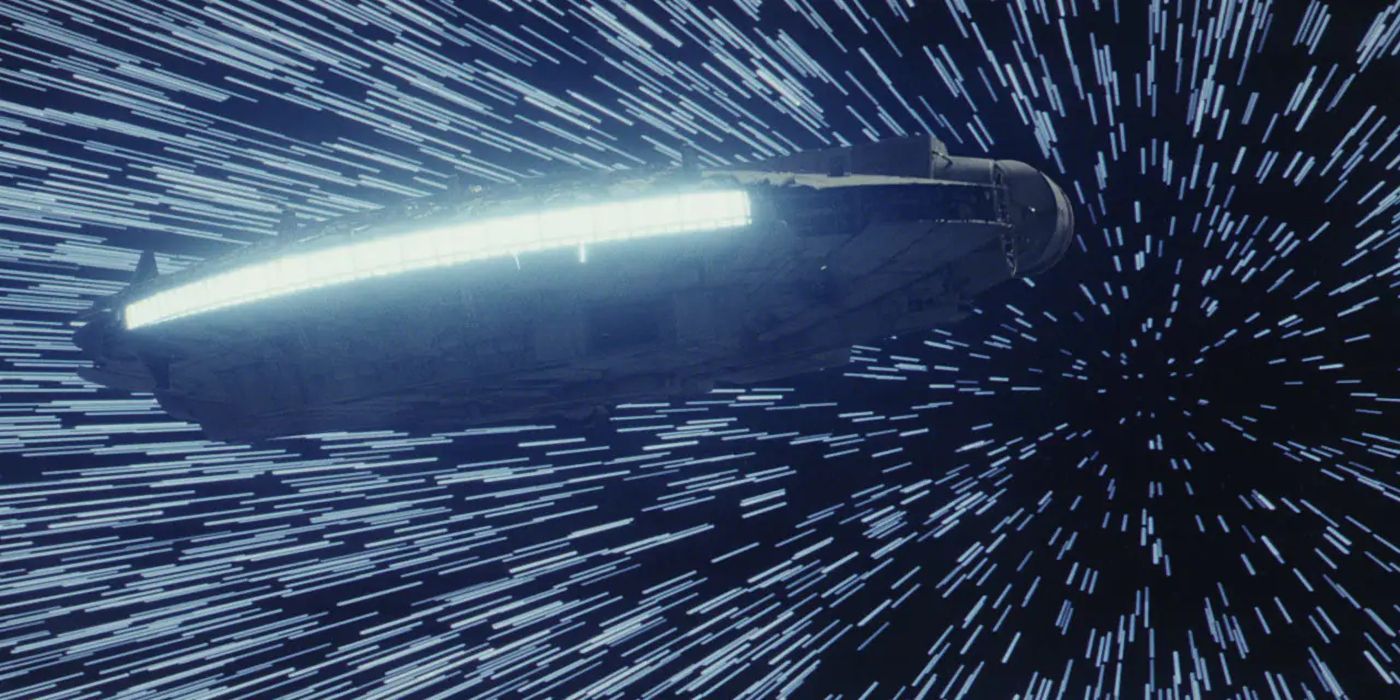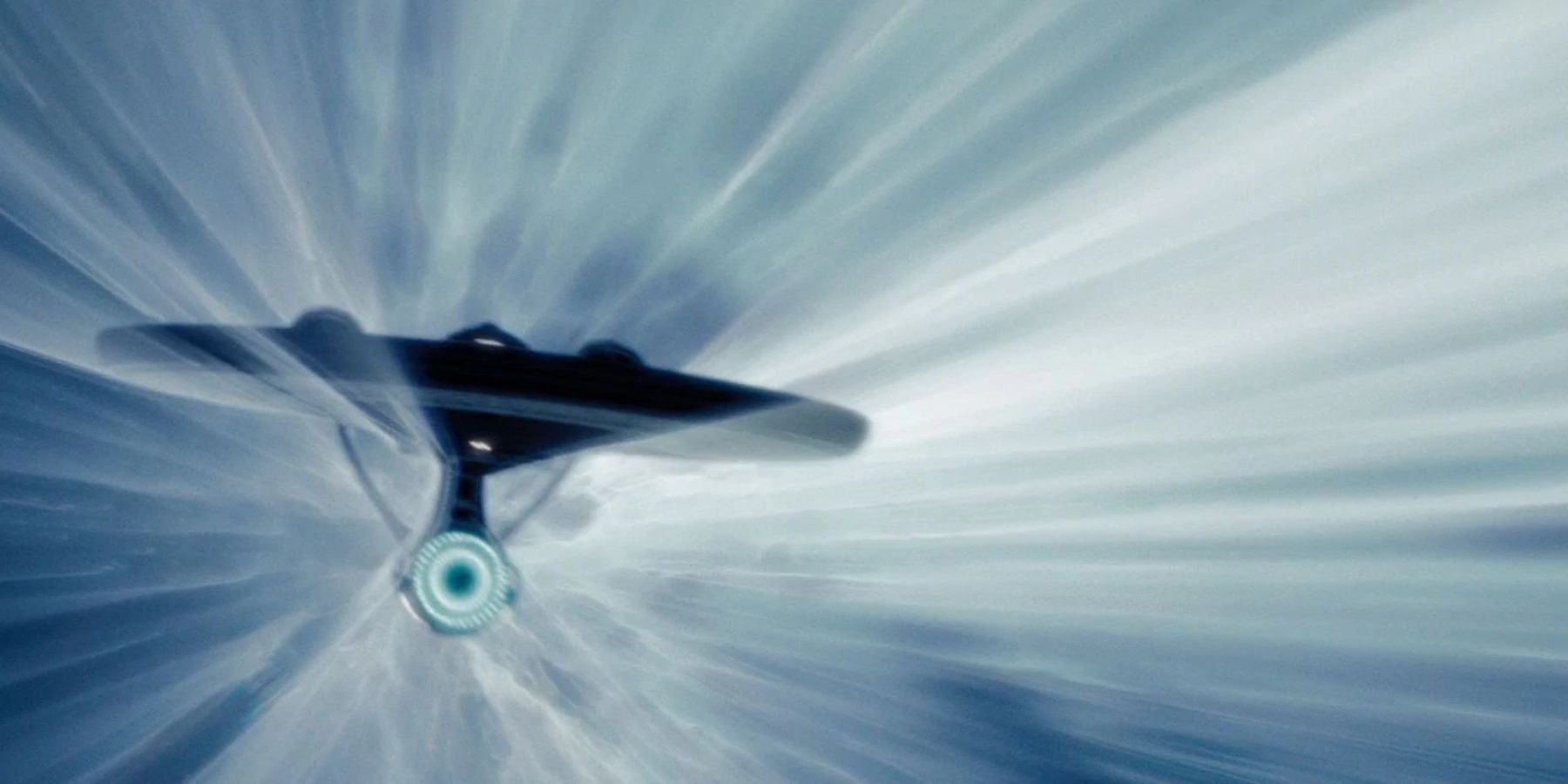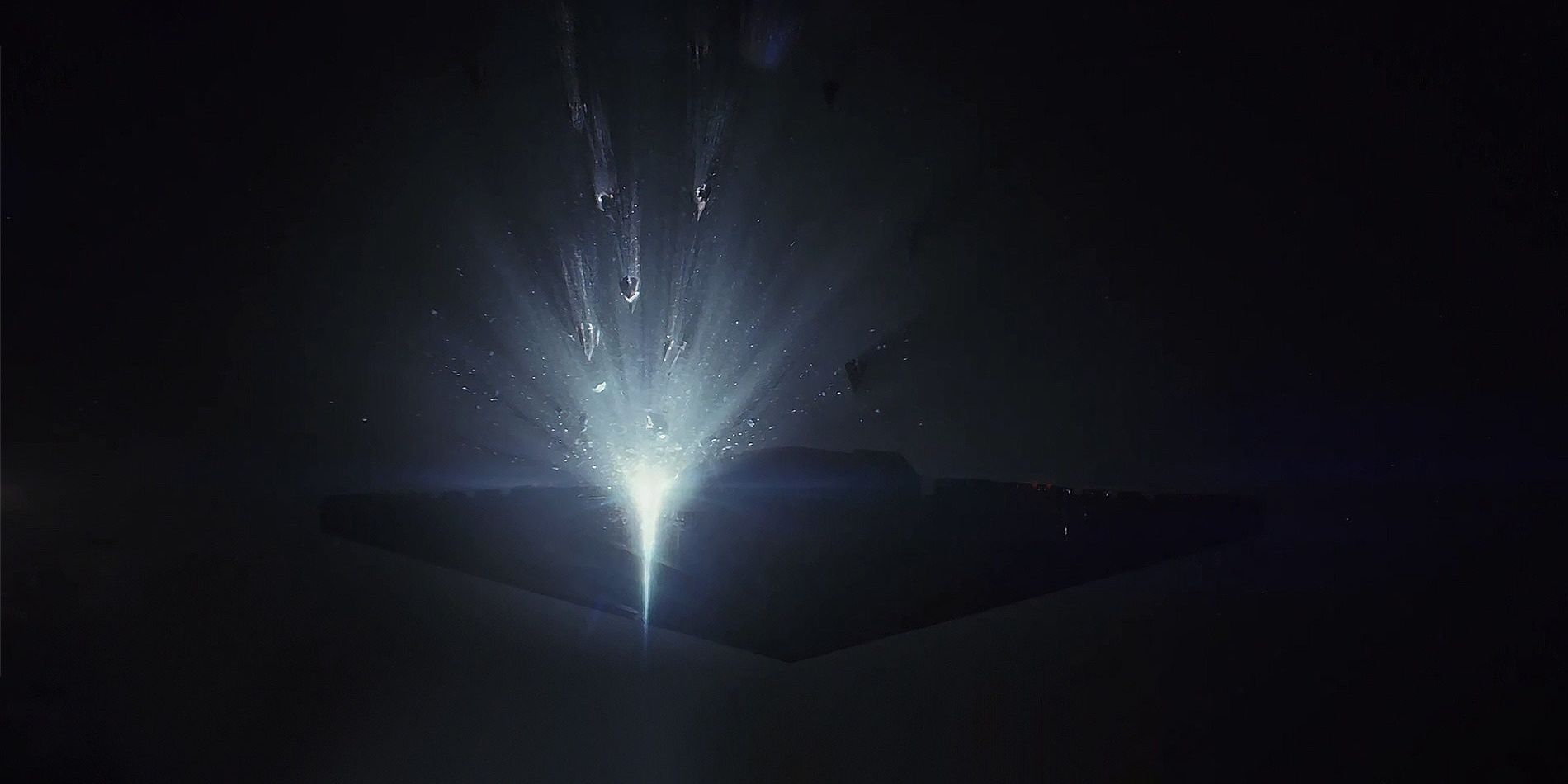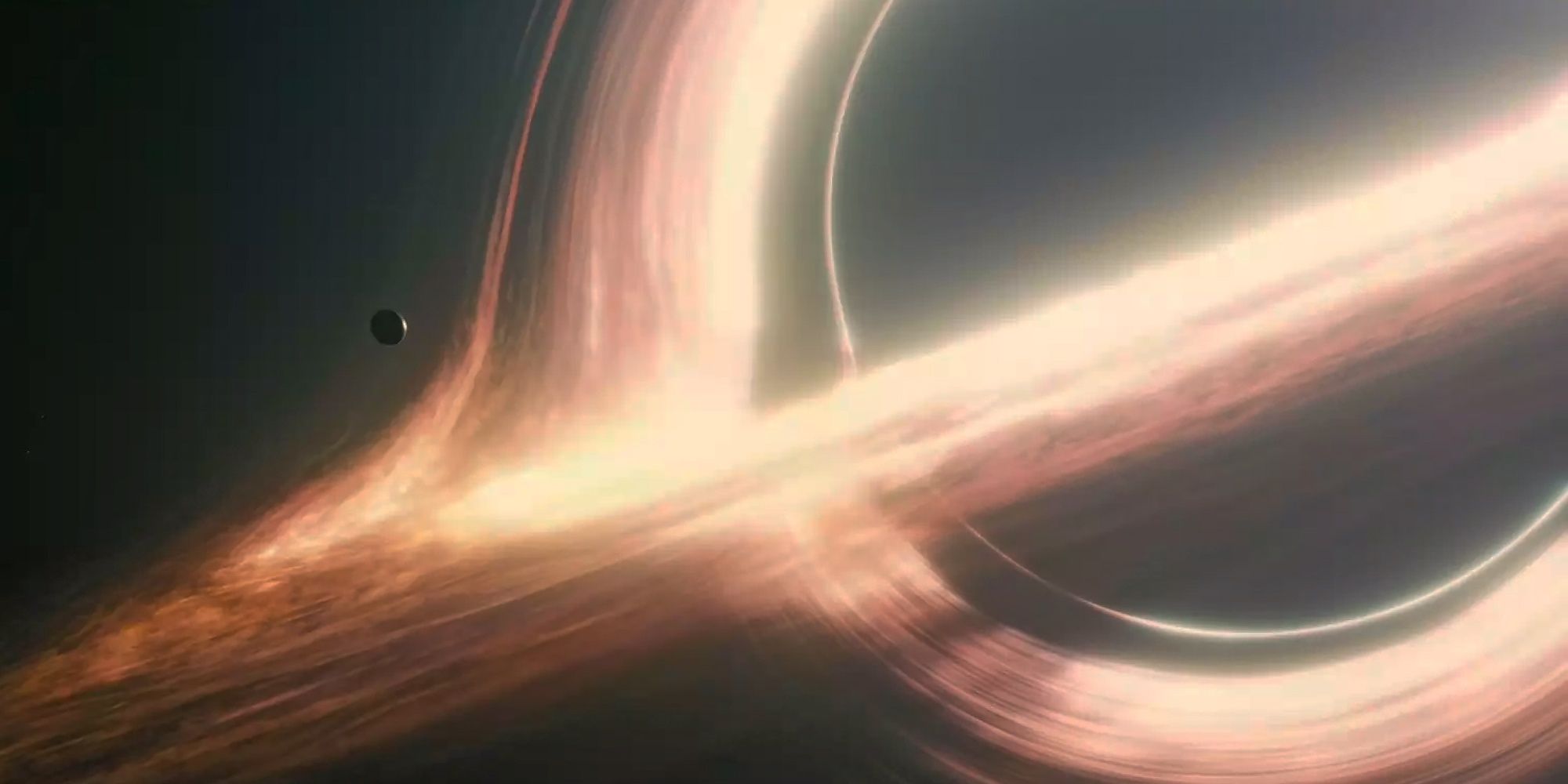Traveling through the depths of space is one of the central concepts of science fiction, but, who has the time? A modern rocket would take between 3 and 6 months just to get to Venus, the closest planet to Earth. Imagine the time investment it would take just to make it to one of the fantastical alien worlds across the known universe.
Luckily, sci-fi isn't working with modern tech, it's working with faster-than-light travel. Thought to be impossible by science since the days of Albert Einstein, science fiction has been addressing the concept since at least the 1870s. Given the subject's current impossibility, it's interesting how many works in the genre have entertained similar ideas surrounding the concept.
The Warp Drive
Since traveling faster than light isn't technically possible, the first question most sci-fi creators must ask is how they get around the rules. There are two go-to options, the first of which was popularized by Gene Roddenberry's Star Trek. Warp technology is a bit complex, and it goes by many different names depending on the work that's using it. The most straightforward summation of warp technology is that it bends space around the ship as it travels, allowing it to move as if it's traveling faster than light. Some might argue that cutting the distance traveled would mean that the object isn't actually moving that fast. Imagine drawing a straight line to connect two points on a piece of paper. Warp technology simply folds the paper to bring those two points closer together.
Star Trek is the primary example of this system, though its warp system is actually slightly more complex. In the 90s, theoretical physicist Miguel Alcubierre was tasked with figuring out how one might travel as they do in Star Trek. The system he came up with is more akin to the one the franchise uses today. The Enterprise travels in a bubble of space which is forced to travel beyond the speed of light while containing the ship, essentially carrying it along like a wave. A more direct example would be Frank Herbert's Dune, which occasionally refers to its tech as a Fold Drive, due to the aforementioned paper metaphor. The warp drive is the closest thing to a scientifically accurate excuse most sci-fi work gets for moving faster than light.
Hyperspace
The twin suns of Star Trek and Star Wars remain the Coke and Pepsi of the big-budget sci-fi world, and they even helpfully picked opposite means of faster-than-light travel. While Star Trek selected the theoretically possible Warp Drive method, Star Wars went with the equal and opposite solution known as hyperspace. Also referred to as subspace, overspace, jumpspace, nulspace, slipstream and many other compound words, the Star Wars hyperdrive system has always been a bit vague. The extended universe novels and comics offer a bit of explanation and the concept has been picked up by other artists in the genre.
Hyperspace is essentially an alternate dimension or an otherwise inaccessible corner of physical space. A hyperdrive allows the vessel to briefly enter this subspace area, then exit that area at the chosen destination. This gets the ship out of the way of obstacles while getting it where it needs to go fast. The most unique application of the hyperdrive came in The Last Jedi's controversial Holdo Maneuver, which used a ship preparing to enter hyperspace as a kamikaze weapon to spectacular effect. Bringing back the line on paper metaphor, hyperspace essentially allows one to lift the pen and put it back down on the other point. The hyperspace concept, especially in its relationship to warp drives, perfectly represents the debate between sci-fi sources. While Star Trek leans on the side of harder sci-fi with semi-realistic explanations, Star Wars shrugs its shoulders and uses borderline magic to explain faster-than-light travel.
What Could Possibly Go Wrong?
Faster-than-light travel is a high-risk high-reward arrangement. Given the impossibility of the arrangement, it has proven to have some potentially terrible outcomes. Sometimes the system to get across the galaxy quickly isn't accurate, leaving a great deal to chance. Douglas Adams' iconic sci-fi comedy The Hitchhiker's Guide to the Galaxy introduced the Probability Drive, for example, which allows a vehicle to occupy conceivable points at once. Other times the hyperspace dimension might be a deeply terrifying place, filled to bursting with cosmic horrors. 90s horror classic Event Horizon explores that concept to creepy effect. Still, other examples raise the risk of using wormholes or black holes to travel. Christopher Nolan's Interstellar introduces both methods in its bizarre time-bending narrative. Faster-than-light travel is almost always a gamble, but, without it, man could not make it to all the fantastic space adventures science fiction holds for them.
Faster-than-light travel is a fairly workmanlike trope in sci-fi. Few stories are based entirely around it, it's usually just the answer to the simple question of time-consuming space travel. Despite its humble place in the narrative, faster-than-light travel is an interesting topic that many creators have found unique spins on.




